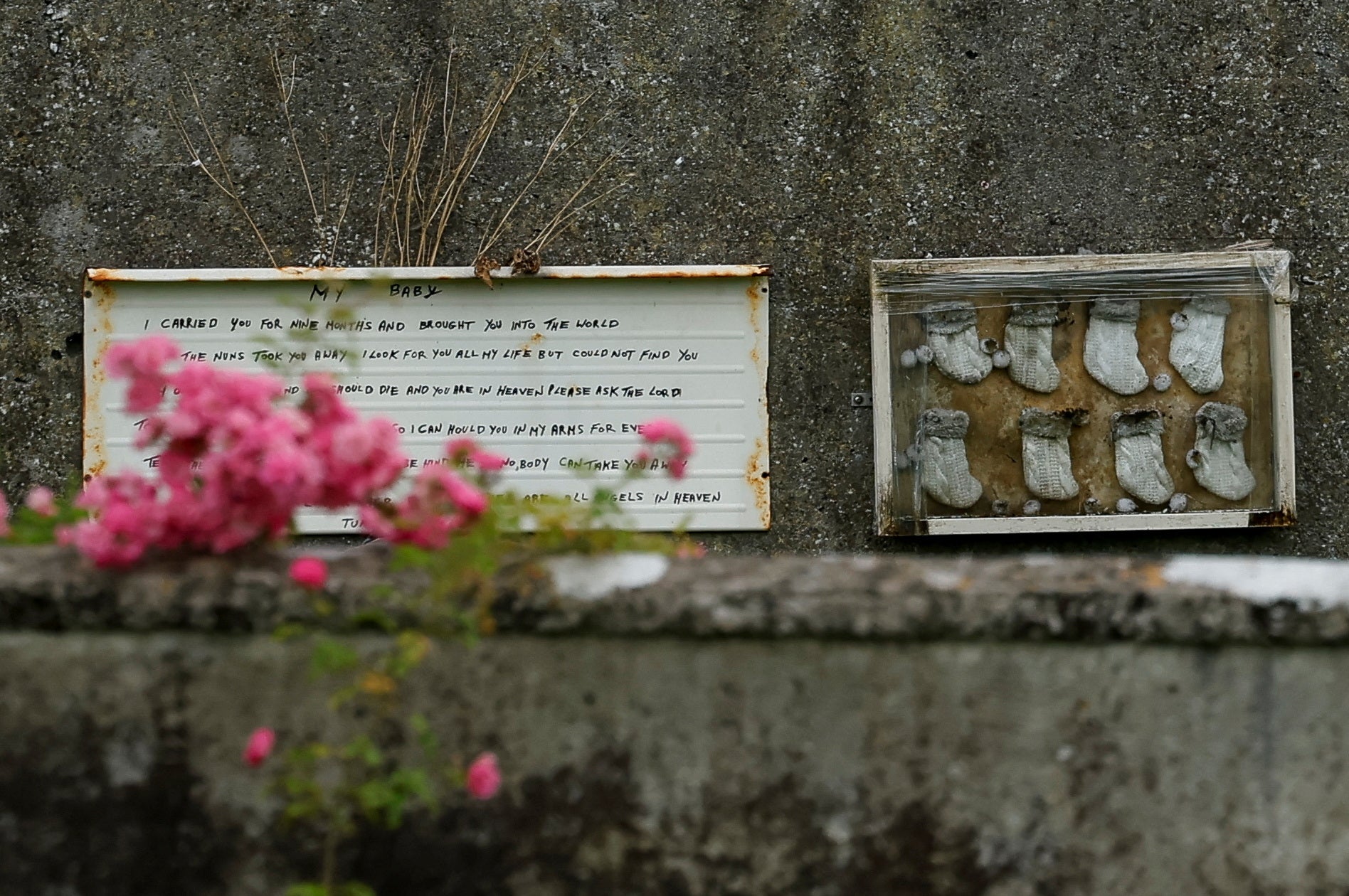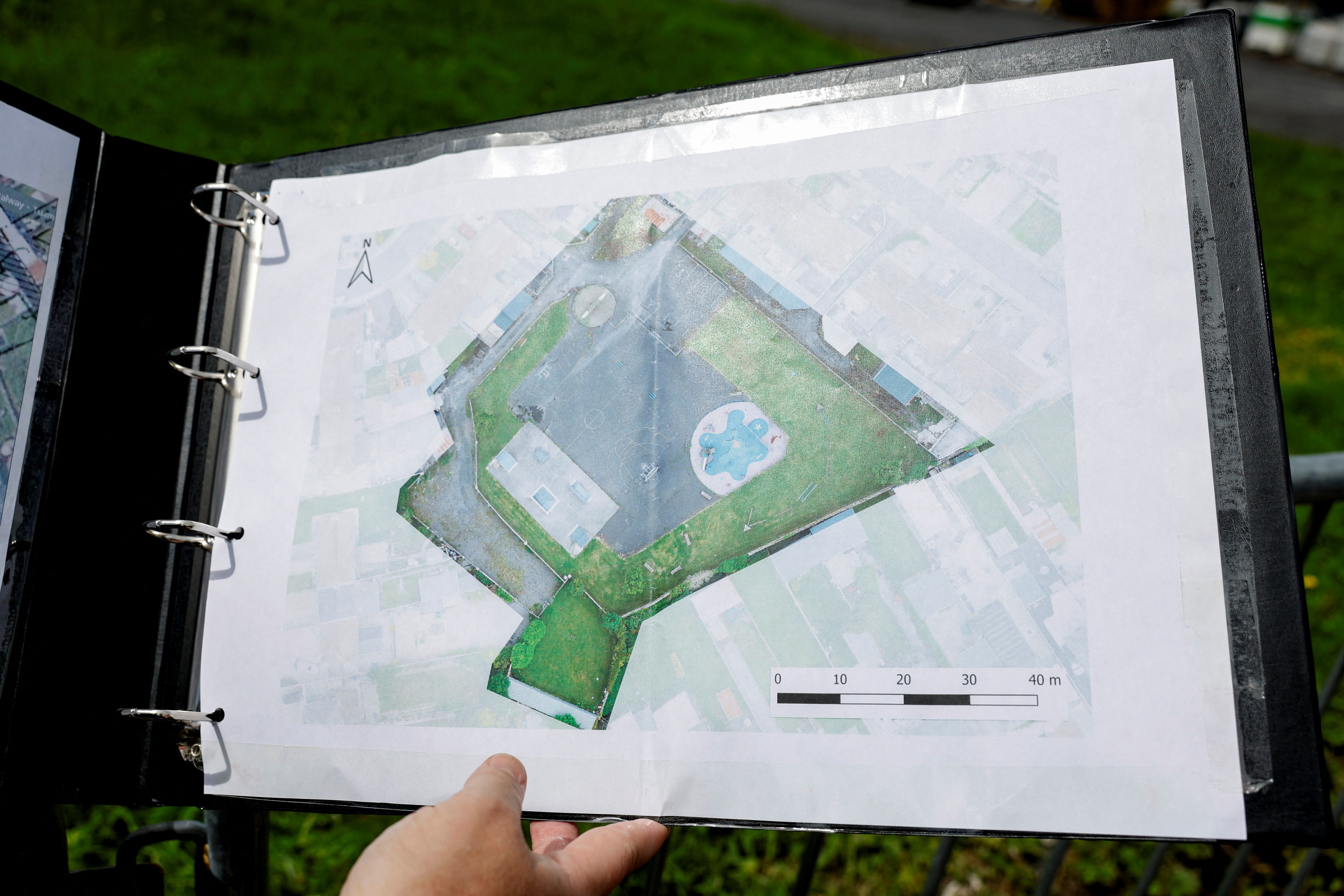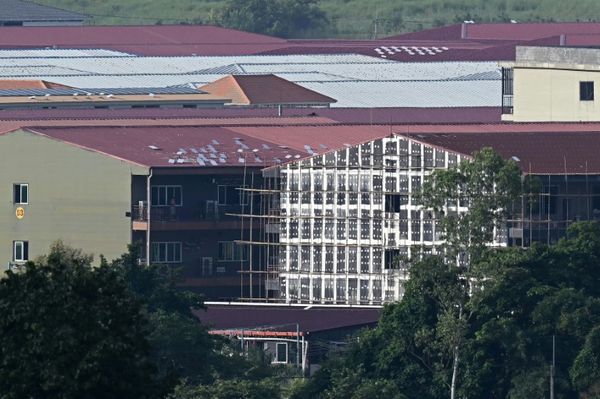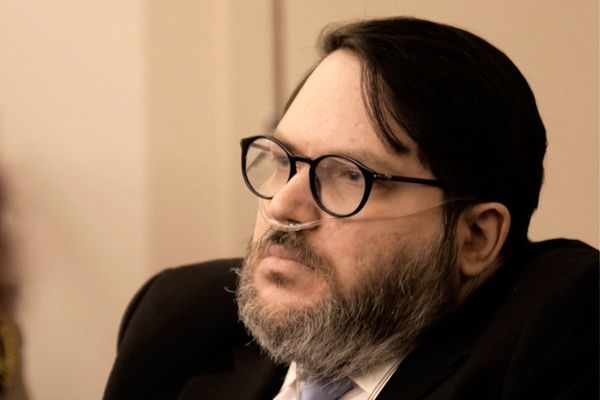A team of forensic archaeologists and crime scene experts from across the globe will next week begin excavating and trying to identify the remains of around 800 infants who died at an Irish church-run home for unmarried mothers.
The remains of 802 children, from newborns to three-year-olds, were buried in the County Galway town of Tuam from 1925 to 1961, a government-commissioned investigation into the network of Catholic Church-run homes found.
It also discovered an "appalling" mortality rate of around 15 per cent among children born at all of the so-called Mother and Baby Homes.
The probe was launched almost a decade ago after evidence of an unmarked mass graveyard was uncovered by an amateur local historian who was haunted by childhood memories of skinny children at a local home.
"We never thought this day would come," Anna Corrigan, whose two brothers were born in Tuam, told reporters next to railings that cordon off the site. Records show at least one of the boys died at the home.

"They got no dignity in life and they got no dignity in death, so hopefully their voices are heard because I think they've been crying for a long time to be found."
The 2021 report, which found around 9,000 children died in the homes where young pregnant women were hidden from society for decades, was the latest in a series of damning reports that laid bare some of the Catholic Church's darkest chapters.
The Tuam home, run by nuns from the Bon Secours Order, was demolished in the 1970s and replaced by a housing estate.
Significant quantities of human skeletal remains were found in chambers along with babies' shoes and nappy pins underneath a patch of grass near a playground during test excavations.

Daniel MacSweeney, the head of the excavation, said that he could not underestimate the difficulty of the "incredibly complex" project.
Experts from Colombia, Spain, Britain, Canada, Australia and the U.S. have joined Irish specialists for the excavation.
A JCB digger and construction prefabs stood beside the cleared-out playground at the site on Monday.
MacSweeney said the complexity of their work includes the fact that some of the infant remains are co-mingled underground, the difficulty in telling apart male remains from female for those so young, whether DNA is recoverable, and a lack of archival data.
Officials expect the dig to take around two years.
Government accused of putting ‘wrangling’ over sick Palestinian children
Lord of the Rings director backs de-extinction project
Neolithic farming halls older than Stonehenge discovered beneath school
Second UK supermarket introduces ‘checkout VAR’ after widely-mocked Tesco scheme
London heatwave killed 263 people – with climate crisis to blame for most, study says
Jewellery shop worker, 60, loses case over claim boss called him an ‘old git’







